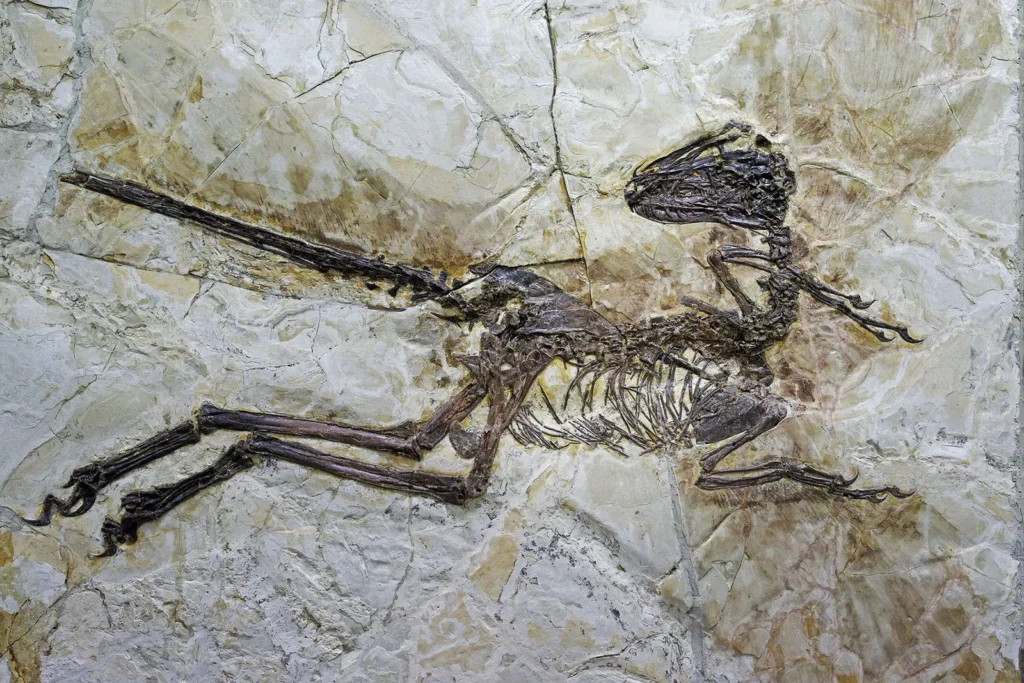Scientists just found velociraptor’s feathered Chinese cousin
A new species of feathered dinosaur has been discovered in China that is the largest ever found with wings on its arms.
The Zhenyuanlong, as it has been dubbed, is covered in feathers and looks just like a bird of today, complete with three layers of quill features.
This new creature is one of the closest cousins of the well-known velociraptor and is thought to have lived around 125 million years ago.

The Liaoning Province of China, where the Zhenyuanlong was found, is famous for the thousands of feathered dinosaurs that have been found there, and this latest discovery adds even more diversity to the area’s fauna.
Just like other specimens, the fossil of the Zhenyuanlong is a perfectly preserved example of dinosaur life from the Early Cretaceous period.
The etymology of the Zhenyuanlong’s name comes from a combination of the word “long”, which means dragon in Chinese, and “Zhenyuan”, the surname of the man who secured the specimen for study.

Like other creatures discovered in the region the dinosaur “has broad wings on its arms comprised of multiple sets of pennaceous feathers and large pennaceous feathers on the tail”, according to a paper published today in the journal Scientific Reports.
Paleontologists note that unlike its close relatives, the raptor “appears to lack vaned feathers on the hindlimb”.
But it is not these factors that make this dinosaur especially unique. The researchers explain the Zhenyuanlong is “an aberrant and rare animal compared to the vast majority of other Liaoning dromaeosaurids, due to its large body size and proportionally tiny forearms”.
The dino’s relatives are, for the most part, the size of a domestic house cat. The Zhenyuanlong is bigger and has short forearms with large, complex wings.

Another interesting observation about the Zhenyuanlong is that despite the presence of these wings, they do not necessarily seem to be optimised for flight.
The researchers have their suspicions as to why a short-armed creature like the Zhenyuanlong might have evolved with wings, even if it did not fly.
“It may be that such large wings comprised of multiple layers of feathers were useful for display purposes, and possibly even evolved for this reason and not for flight, and this is one reason why they may have been retained in paravians that did not fly,” the researchers claimed.
